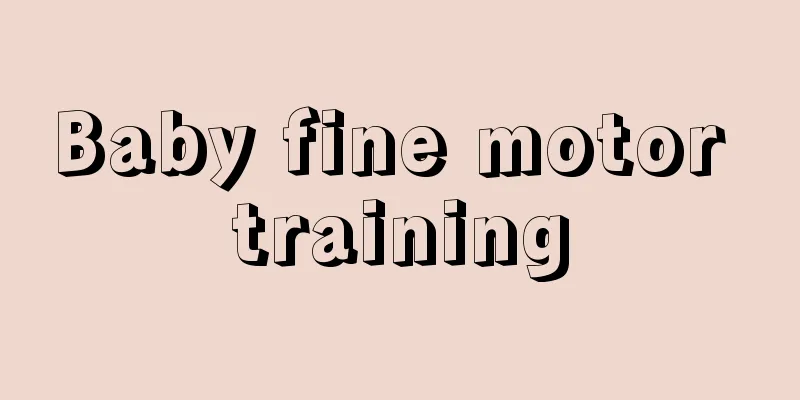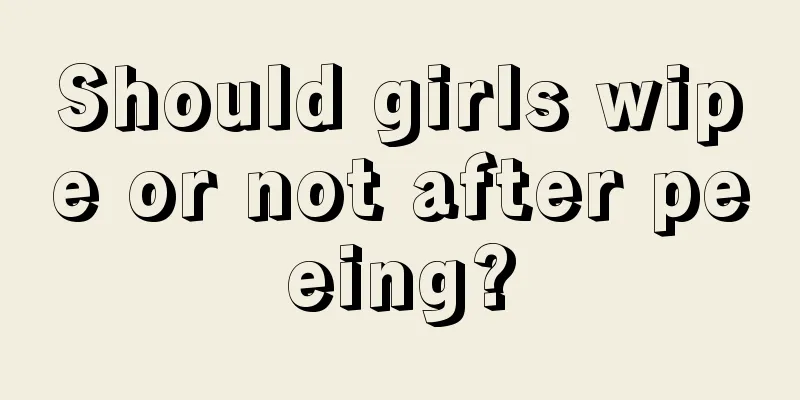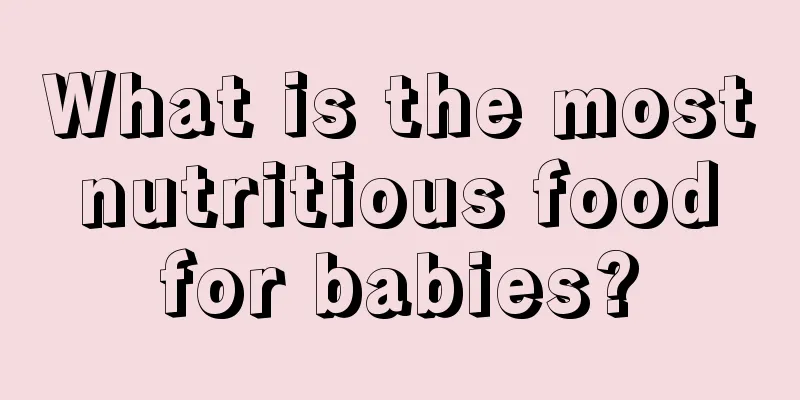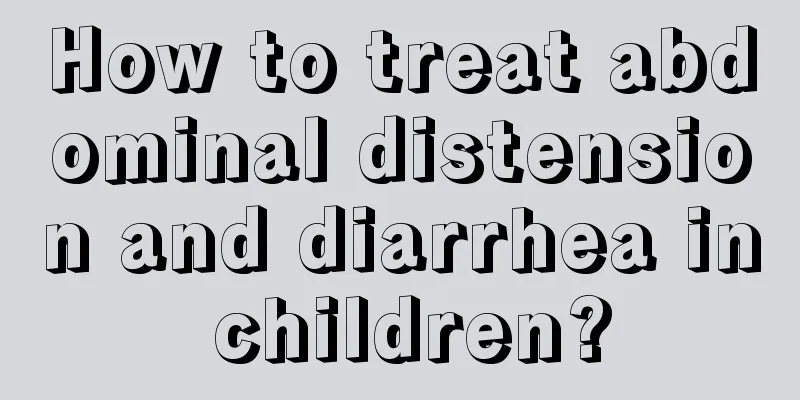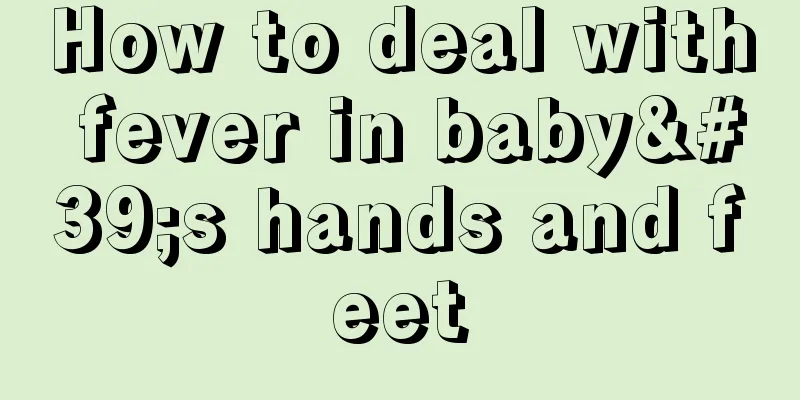What are the treatments for allergic asthma in children?
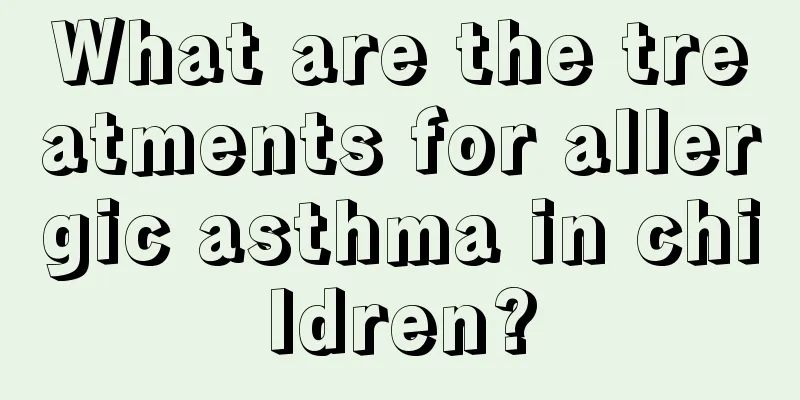
|
Allergic asthma is a respiratory disease that children are very prone to. It has many symptoms, such as chest tightness, shortness of breath, and asthma, which have a great impact on children's health. Therefore, when children suffer from allergic asthma, parents are very concerned about various treatments, hoping to cure their children's disease. So, what are the treatments for allergic asthma in children? Let’s take a closer look below. Antiallergic drugs Since allergic rhinitis and asthma syndrome in children is an allergic disease, anti-allergic drugs should be given as soon as possible once the diagnosis is confirmed. Effective control of allergic rhinitis can avoid most asthma attacks or worsening of asthma, so the use of antiallergic drugs to treat allergic rhinitis is of great significance in improving the prognosis of asthma. Ordinary doses of antiallergic drugs can effectively treat allergic rhinitis to prevent asthma attacks, and doubling the dose can improve concurrent asthma symptoms. Giving antiallergic drugs plus pseudoephedrine to treat allergic rhinitis and asthma syndrome in children can not only improve nasal congestion symptoms, but also improve asthma symptoms, increase PEF and reduce the dosage of bronchodilators. In children, upper respiratory tract infections and asthma exacerbations can be controlled with continuous antihistamine therapy. The Early Treatment of the Atopic Child (ETAC) study found that the continued use of antiallergic drugs can reduce the incidence of asthma.[3] Allergen vaccine therapy Commonly known as desensitization therapy, it is one of the important treatments for allergic rhinitis and asthma syndrome in children, and its efficacy has been confirmed in patients with rhinitis and asthma. Clinically, desensitization treatment is mainly carried out for dust mites and various pollens. Studies have shown that this therapy can change the natural course of allergic rhinitis and asthma syndrome in children and maintain its effectiveness for several years after stopping treatment. In recent years, many scholars have advocated sublingual desensitization therapy, which is particularly suitable for children because it avoids the trouble and pain of repeated injections. However, more research is needed to compare whether sublingual desensitization therapy is as effective as injection desensitization therapy. Anti-IgE monoclonal antibodies It is a recombinant monoclonal antibody against human IgE (trade name Xoalir), which has achieved significant therapeutic effects in the treatment of allergic rhinitis and asthma. It was officially approved by the FDA for marketing in May 2003. Xoalir is effective in treating moderate to severe asthma and seasonal and perennial allergic rhinitis. It is known that Xoalir can reduce serum free IgE levels, down-regulate IgE receptors on peripheral blood alkaloids, and significantly reduce the number of eosinophils, mast cells, and T cells and B cells in the nose and bronchi. Studies have shown that Xoalir has significant benefits for asthma patients whose asthma is not controlled even with high doses of inhaled steroids. Clinical data suggest that Xoalir can improve wheezing symptoms, improve quality of life and control acute attacks in asthma patients with persistent allergic rhinitis. Patients with more severe asthma often respond best to Xoalir. These impressive clinical data suggest that the anti-inflammatory therapeutic mechanism of Xoalir is related to the inhibition of IgE. The clinical dose of Xolair is 125 mg to 375 mg, injected subcutaneously, once every 2 to 4 weeks. This drug can improve both the upper and lower respiratory tract symptoms of allergic rhinitis and asthma syndrome in children. (Li Minghua, Qingdao Allergic Disease Prevention and Treatment Center, Qingdao Fifth People's Hospital, Shandong) Childhood asthma is a chronic airway inflammation caused by multiple factors, so controlling childhood asthma is also a comprehensive and systematic treatment process. The treatment principles for childhood asthma are mainly to eliminate the causes of the disease, control acute attacks, and prevent asthma recurrences. The above is an introduction to the treatment methods for allergic asthma in children. I hope it will be helpful to parents. There are many treatments for allergic asthma in children. The main reason is that the child's condition is more complicated, and children with different conditions require different treatments. It is best to choose a regular hospital and take appropriate methods for treatment. |
<<: What are the diagnostic criteria for cerebral palsy in children?
>>: Five-month-old baby's growth and development standards
Recommend
Solution to blue sides of baby's nose
Every baby is the happiness of the whole family, ...
What medicine is good for children with colds?
We all know that children's resistance is ver...
What to do if your five-month-old baby has repeated fevers
Children's fever is indeed a very tricky prob...
How to treat hydrocele in children?
There are two types of hydrocele, primary and sec...
What are the sequelae of cerebral palsy?
What are the sequelae of cerebral palsy? Some dis...
How to make dried shrimps for babies
Everyone knows that dried shrimp is a very nutrit...
The harm of eating a hair
Today's children have just learned to walk or...
How much sleep does a five-month-old baby need
A baby's sleep is different from that of us a...
What medicine should a three-year-old baby take for vomiting?
We all know that when a baby reaches the age of t...
Children have a fever and fart a lot and smell bad
Many children will feel that they fart a lot and ...
Baby's buttocks red
If your baby has a red butt, it is likely that th...
What should a four-month-old baby with anemia eat?
As for anemia, many babies nowadays have this con...
How to deal with yellow discharge from baby's ears?
The ears are the organ that allows us to hear, so...
What to do if your child has white spots on his arms
The white spots on children's arms may be vit...
What causes fever and joint pain in children?
Children will experience many illnesses during th...

